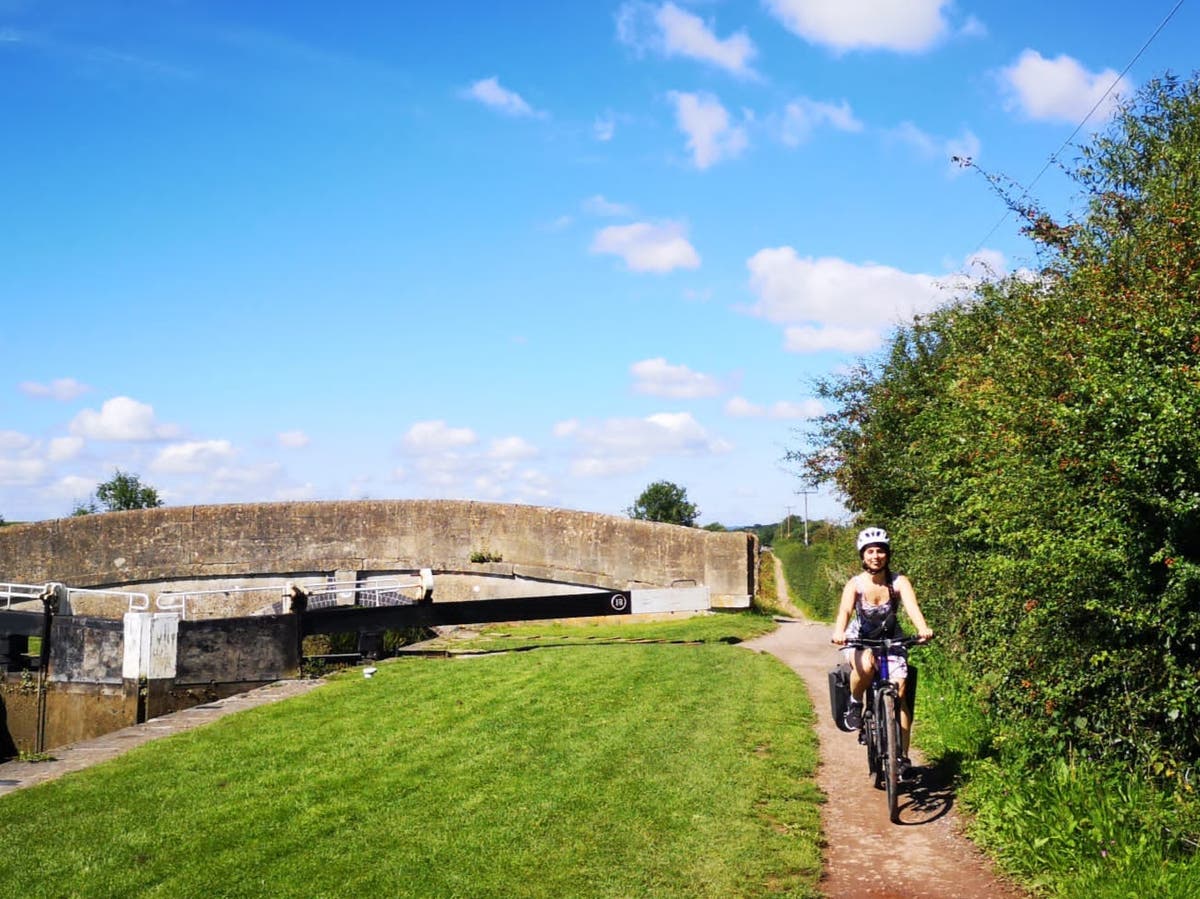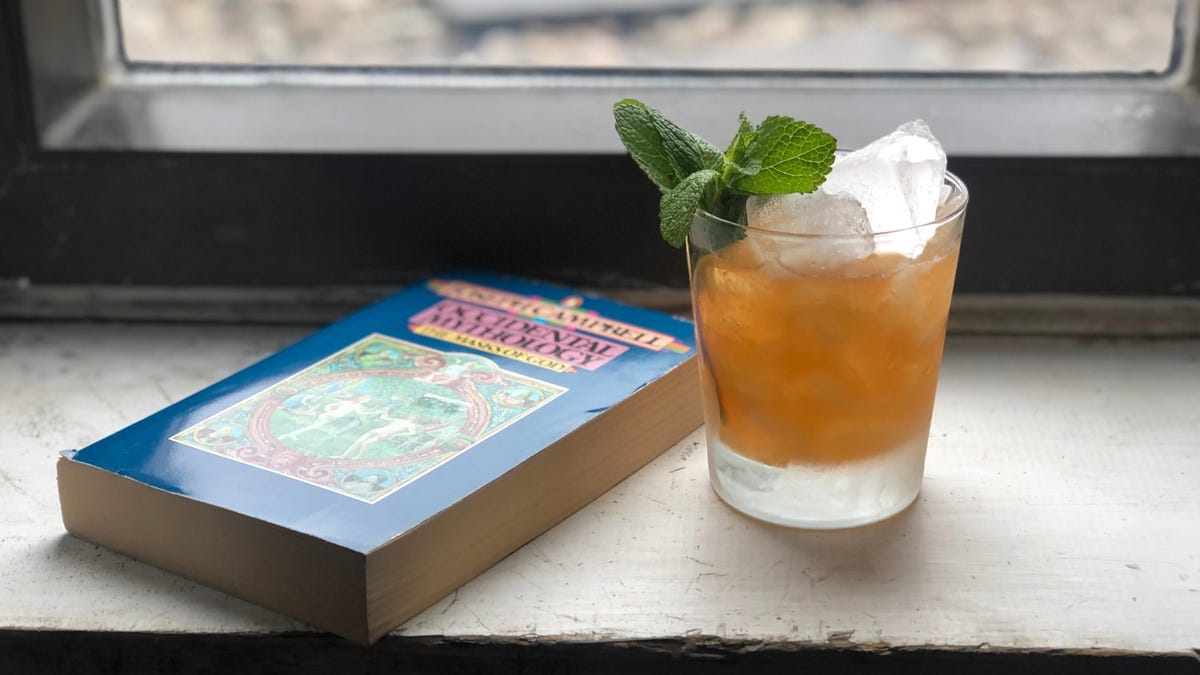Biking for beginners: Everything you need to know to plan your first ever cycling holiday
‘It’s like riding a bike’: but prepping for your debut two-wheeled adventure can feel daunting. Anna Shannon shares her top tips

Sign up to Simon Calder’s free travel email for expert advice and money-saving discounts
Get Simon Calder’s Travel email
Thinking about going on your first cycling holiday? If the idea of free-wheeling exploration and the open road are calling your name, then this is the trip for you.
But where to begin when planning your first foray: where should you go? What should you pack? Do you need to train? And how much bike maintenance knowledge is really necessary before you embark upon your first adventure?
Here’s our full cycling guide to help you start putting together your debut adventure, covering the recommended essentials (extra socks, optionally cute), how to choose your destination and accommodation, how to map your route, and all the essentials to ensure a smooth experience – even for the greenest of newbies.
Top tip: Go with at least one other person. They can help spur you on to cycle that bit further and provide support if anything goes awry. Player One, choose your cycle buddy…
Read more on cycling holidays:
Destination unknown
Where? That’s the big question. There are lots of UK options, from the Lakes to the Chiltern Cycleway to the Thames Path Canal. Dream big here. Routes can be linear, from Point A to Point B, or circular, starting and ending in the same place. If you opt for linear, start at the furthest point away; there’s something comforting about cycling in the direction of home.
Don’t go too remote for your first foray
(Anna Shannon)
Don’t go too remote on your first trip, as you’ll be testing your (and your bike’s) ability. That way, if you need a respite or something goes wrong with your trusty steed, then a town or city shouldn’t be too far away to get what you need. Smaller places might not have a Halfords, for example, or might have a bike shop with unusual opening hours.
Top tip
Book a bike space on the train to reach your starting point. Note where the bike storage sections are on the platform though, as you can’t wheel your bike through the train. Alternatively, if your bike isn’t suited to hills or anything more than the daily commute, consider hiring a bike to suit the terrain you’re going to be exploring once at your destination.
Planning your mileage
How many days and what distance do you want to cycle? A tough question for a beginner. It’s worth looking at the terrain, as two miles uphill is very different to five miles along a flat canal path. Weather and diversions are also part of the equation; allow extra time for the unexpected.
If you can comfortably walk three miles in an hour, then you’d most likely be able to cycle 8-10 miles per hour as a beginner on the flat. A realistic daily target could be 20 to 30 miles, taking around two to three hours. Have a total milage in mind (eg 90 miles over three days, doing 30 miles a day) as you’ll have more energy on day one. Three days would be a reasonable aim when starting out. Definitely go for a test ride, cycling for an hour or so to see how you and your bike feel.
You can cover more ground on flat terrain
(Chris Warburton)
Twenty-odd miles a day may seem like a lot, but don’t let the number put you off – you can split this into smaller stints. Part of the joy of a cycle adventure is the journey itself, so don’t feel you need to cycle it in one go. Stop at that interesting looking tree or at that imposing castle, take a breath and feel inspired.
Top tip
It’s much, much easier to cycle when your tyres are properly inflated, so make sure you pump them up before setting off.
Mapping your route
Down to the nitty gritty – the route planning. There are great online tools to plan your route. Komoot lets you see what adventures other cyclists have tested before, with useful blogs and photos. Strava Premium has a heatmap so you can see popular cycle routes. Both have route-building functionality and ready-built route suggestions.
I’d suggest using at least part of the UK National Cycle Networks as they’re more cycle friendly. Marked with red numbers on blue signs, these routes do go on roads, but nearly a third are traffic-free. (If the number is bracketed, this means you’re on the way to that network, but not actually on it).
Terrain and weather
Alfred Korzybski, a Polish American engineer and philosopher, said: “the map is not the territory” – meaning plans are not reality. Mapping out your cycle route is important, but this is not the tangible reality of what you’ll experience.
That hill might be steeper than it looks on a map. That path may be more mud than grass. Or it might be surprisingly smooth. There might be headwinds, unavoidable diversions, or your legs might need a break.
Cycling terrains typically include tracks, trails, cycleways and roads. The terrain will impact your ease of ride. It can be tricky to translate how much of an incline a hill will be until you’re on it, but it will require some effort. Cornwall, for instance, has lots of steep climbs, so you’ll be working harder to get up all those hills. Aim for flatter routes for your first rodeo.
Even a cycle along the Thames can be an adventure
(Chris Warburton)
Similarly, the weather will influence your speed, but if you have the right gear this will be okay. Think like a Scout and be prepared for anything.
You’re in charge of the direction of travel, so take a detour, using your judgement for safety, if you feel inclined. Beach pitstop, anyone?
Sleeping arrangements
Use the map tool on platforms like hotels.com or booking.com to see where the nearest accommodation is to your daily destination. Go for convenience here. If you want to stay in Bath, then stay in Bath, not six miles outside, as you won’t have much left in the tank for the extra mileage. Avoid anything that is above a pub or bar as it can be noisy when you want to sleep. Plumping for places that have free cancellation gives flexibility if your timings change along the way. Finally, allow enough buffer time to rest your legs each evening – your rest is important.
Best bags
Weight and weatherproofing are the main considerations when it comes to your bag. A backpack may seem like a good option as it’s convenient when you want to lock up and mooch around the locality by foot. But cycling with your luggage on your back will get tiring. Consider going for pannier bags instead. Two, one on each side of the bike frame using a pannier rack, balances out the weight well. Whatever you decide, do go for waterproof luggage. Arriving somewhere soggy with nothing dry to change into is far from ideal.
My recommendation? Halfords Advanced Waterproof Pannier Bag (£30). It’s good value, waterproof and has a decent amount of storage. Check out more of The Independent’s picks of best pannier bags here.
Top tip
Use a small bum bag or handlebar bag for any valuables and things you need quick access to. Think phone, battery pack and money/cards.
Panniers are a top option for carrying your luggage
(Anna Shannon)
What to pack
Clothing wise you’ll need:
For the cycling essentials, you’ll need:
Don’t forget food: you don’t want to be carrying too much extra weight, so I’d recommend restocking snacks each day so you can grab something along the way when you need a boost. Nuts, cereal bars and gummy sweets are ideal.
A rule of thumb would be to pack as much as you could comfortably carry in case you need to leave your bike and head off on foot.
Ready, steady, go!
For final preparations, oil your bike chain, pump your tyres and eat a good breakfast. It’s also worth familiarising yourself with how to change or a tyre or repair a puncture; there are plenty of videos online to get you up to speed on this.
Then grab your bike, channel your inner Bilbo Baggins and say, “I’m going on an adventure!”.
Read more on our best UK staycations

 Kass
Kass 































